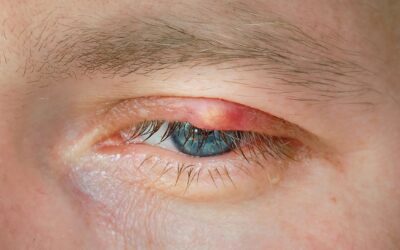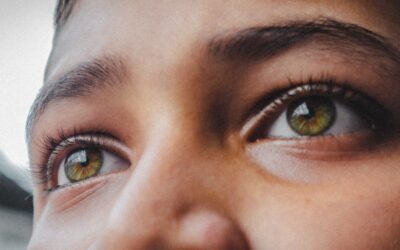What on Earth does that word mean???
You’ve seen the specialist, you’ve got his report. But how much of it do you understand?
Read on for the definitions of some of the terms you might come across as you chase that seemingly elusive dry eye relief.
Abrasion – a scratch on the surface of the eye
Amniotic membrane graft/transplant – a technique used to promote healing of a damaged cornea or reconstruct the surface of the eye after surgery.
Capped glands – meibomian glands that have become blocked from the outside
Conjunctivochalasis – wrinkling of the conjunctiva, sometimes due to dry eyes and sometimes causing dry eyes
Cornea – the clear outer ‘skin’ at the front of your eye
Demodex – tiny mites that live in around the oil glands and hair follicles on our skin but, in large quantities, can block meibomian glands with their deposits and also contribute to inflammation/
Epiphora – streaming eyes
Epithelium – thin layer of tissue which protects the cornea
Expression – squeezing the eyelids gently to force out the contents of the meibomian glands
Fibrosis – excess tissue which can develop as a result of chronic inflammation and can form bands across the inside of the meibomian glands, blocking them.
FML – a steroid used to treat the inflammation associated with meibomian gland dysfunction
Foreign body sensation – the feeling that there is something in your eye
Gland drop-out – glands have been lost, usually after being atrophied for some time
Gland atrophy – glands have withered and stopped functioning
Ikervis – a non-steroidal anti-inflammatory drop
Inspissated – thickened, like toothpaste, instead of clear running oil
IPL – intense pulsed light therapy, a treatment which uses specific wavelengths of light to treat dry eye disease
Lagophthalmos – when the eyelid doesn’t close completely, affecting the ability to get a full blink and leaving the eye surface partially exposed during sleep
Lid margin – the edge of the eyelid
Lipid layer – the oil component of the tear film
LipiFlow – a dry eye treatment which applies directed heat and pressure to the eyelids to melt and force out thickened meibum from the glands
Meibography – photography of the meibomian glands
Meibomian glands – glands in the eyelids which produce meibum
Meibum – oil which forms part of the tear film and stops the tears evaporating too fast
Papillae – tiny lumps on the inside of the eyelid, often associated with allergic eye disease
Pouting – a raised entrance to the meibomian gland, instead of level with the surface, which is a sign of a clogged gland
Probing – a dry eye treatment where a very fine wire is inserted into the meibomian glands to clear any internal blockages
Puncta – tiny ‘drains’ in your eye that pump out used tears, one in the upper eyelid and one in the lower eyelid, close to your nose
Rosacea – a skin disease where extra blood vessels form just under the skin, and which can affect eyes
Schirmer’s test – a way of testing whether your eyes are producing enough water. A tiny piece of blotting paper is placed inside the lower lid of your eye for a few minutes and the amount of water absorbed is then measured. A normal level is anything above 10mm.
Scurf – tiny pieces of dead skin which can build up at the base of the eyelashes, associated with blepharitis
Sjogren’s syndrome – a condition where the body attacks and destroys the tear and saliva glands, leading to not enough water in the tear film
Staining – a fluorescein staining test is a way of checking the health of your cornea. A dye which shows up under a special light is dropped into the eye. It is spread by the tear film and the way it ends up distributed shows if there is damage to your cornea.
Tear break-up time – how fast the tears evaporate, normal is around 10 seconds
Tear lake – the tears that sit at the bottom of your eye, behind your lower lid
Telangiectasia – tiny abnormal blood vessels near the surface of the skin
Truncated glands – glands that have become shortened as a result of atrophy




